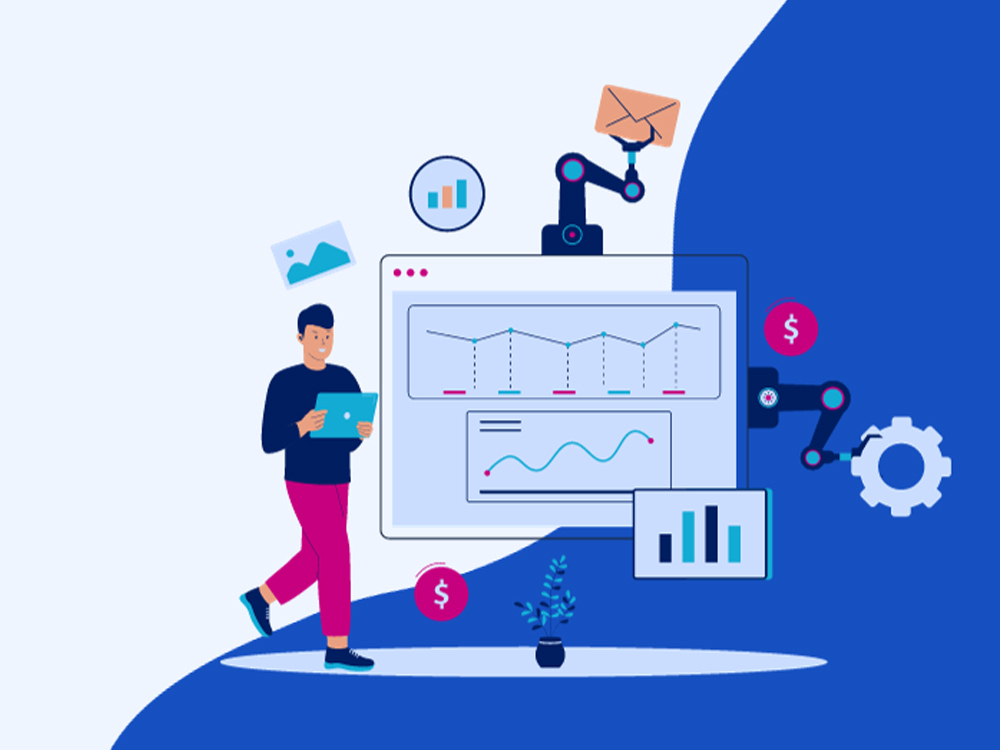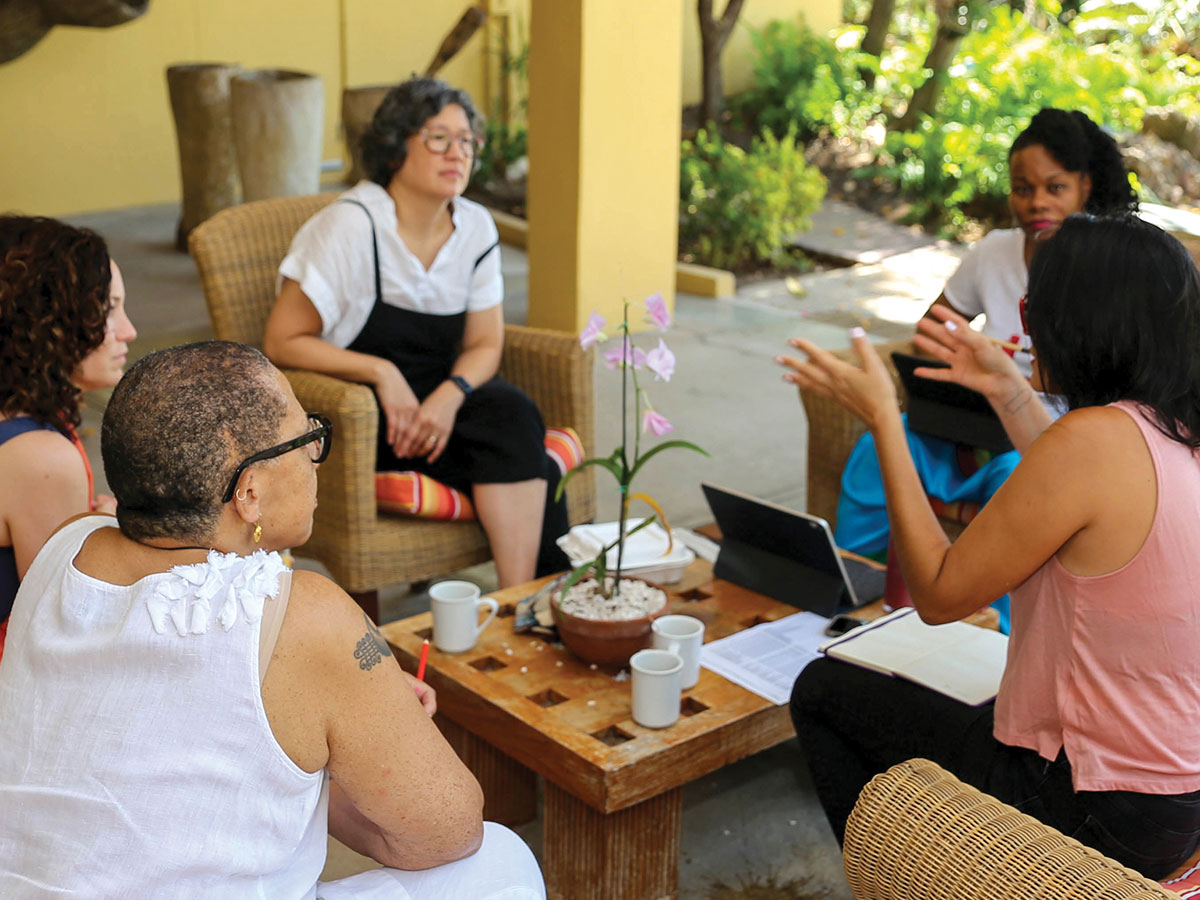Whoosh! Four Steps to Creating Streamlined, Paperless, Electronic Grantee Payment

When the pandemic hit, a certain foundation’s grant payment process became unfeasible. First, an employee who was working from home had to drive to the foundation office to pick up blank checks and the related grant documentation. After preparing checks, that employee transported the paper pile to another employee’s home so the checks could be signed as approved. Sometimes checks and confidential documents sat on the front steps of the recipient’s home until that employee came out to collect them. Once the checks were filled out, they were mailed to grantees’ offices, making them inaccessible to grantees working from home.
The good news is that this painful situation can be solved now and ongoing through four steps.
Pandemic work locations turn paper into the enemy
Pre-pandemic, most philanthropic organizations saw the payment process as an afterthought to the mission-critical grants process. Stacks of paper moved from desk to desk as different employees carried out their step of the payment process, ending with a check being mailed to the grantee. As one CFO said, “I could always tell what the status of checks was by looking around the office to see who had the check pile.” When the pandemic hit, this paper-centric process became cumbersome, risky, and unworkable.
Fluid work locations means working differently
With so many employees working remotely during the pandemic, we have witnessed vast and rapid changes in how and where work gets done. One HR leader noted, “Before the pandemic, we were looking for more space. With the changes to work location preferences and technology, we now may have too much space.” Whether for reasons of space allocation, health concerns, or convenience for working parents, it appears that some degree of flexibility in work locations is here to stay. Payment processes, among other foundation tasks, must be redesigned so they fit the needs and serve the purposes of both employees and grantees.
Best practices to transform payment processes
If accurate, efficient, and effective payment is the end goal, most payment processes need to be truly transformed, not just tweaked. The following four best practices can serve as the core building blocks for a lean, effective grantee payment process.
1. Find the best form of electronic payment for your organization.
For reasons that extend beyond pandemic complications, paper checks are being replaced by electronic payment. It is hard to imagine a scenario in which paper checks would be preferable to electronic payment given that the latter is now widely available and affordable. Many grantmakers are rushing to implement payment by ACH (automated clearing house). PEAK Grantmaking and the Foundation Administrators and Officers Group have each posted helpful resources for ACH best practices. See PEAK’s How-To Guide, How to Streamline Your Award and Electronic Payment Processes in Times of Crisis.
But ACH is only one form of electronic payment. The 2019 Survey of Payment Methods for the Nonprofit Financial Group found that a variety of payment methods are being used by nonprofits. These electronic payment methods include wire transfers; electronic checks (e-checks); debit, credit, or prepaid cards; automated bank payment; and PayPal.
A first step in reassessing form of payment is to understand your organization’s needs and the needs of your grantee. Each payment form has benefits and detriments. For example, e-checks work well when payees receive payment only one time. ACH payments work better when payees get paid on an ongoing basis. To learn more about grantee payment options, see Payment Best Practices Survey Results.
2. Consider what vendors and banks can do.
Many financial institutions are quickly beefing up their offerings in order to serve and keep their customers. Traditional banks now offer full ACH services. Software vendors are adding ACH capabilities into financial systems. Financial services organizations are providing ACH data collection services. Banks now provide outsourced payment services, handling everything from receiving the payment file and soliciting and receiving payee ACH information to making the ACH payment.
Overall, the mission of foundations is to impact their respective community, not to cut checks. Therefore, engaging vendors to provide certain services may be a cost-effective way to bring in advanced payment expertise. For example, one foundation recently computed the staff time required to administer the payment process in-house and found it was cheaper to pay a vendor to handle the payment process
Given the speed at which new payment forms and services are coming online, foundations are well advised to identify the payment services available and then compare the costs and benefits of handling payment in-house versus outsourcing it. Making the best use of payment innovations is a positive step toward recapturing capacity and delivering the greatest impact.
3. Maximize the tools you have now to go paperless.
As previously noted, the sudden and unexpected shift to remote work locations has made it exceptionally inefficient to rely on a paper-driven payment process. In Lean Operations process improvement language, we call non-value-added steps (such as driving a stack of checks to another employee’s home) “muda.”
The good news is that every philanthropic or nonprofit organization has the tools right now to go paperless. All paper can be turned into an electronic document when it is saved as a PDF.
Also, all organizations currently have the tools to make electronic documents visible to all employees no matter where they work. These tools include shared directories, email folders, or hub tools such as Microsoft SharePoint or Microsoft Teams. Inventorying which of these tools is available in your organization is a good starting point in your journey toward paperless operations.
4. Create a better process with process improvement and human-centered design.
Once the most suitable payment forms, services, and tools are identified, foundations can design the work steps that string these together in the most efficient and effective way. Anyone can design a new process, but to be truly successful, the process must be transformed. Human Centered Design and process improvement practices are proven approaches to achieve significant improvement.
A great transformation first step is a deep dive into existing payment processes. For example, through their coached process deep dive, one private foundation found their 70-step payment process included each payment being passed between seven employees. After human centered design and process improvement training, the team transformed their payment process into 38 better steps. This resulted in the team recapturing then reinvesting over 1,000 hours of worktime back into their community.
Conclusion
The pandemic has forever changed how and where we work. Now some grantmakers are adapting how they pay grants, streamlining the process so it takes less time, is more secure, and better serves the needs of grantmakers and grantees. Through these four best practices, you can too!





